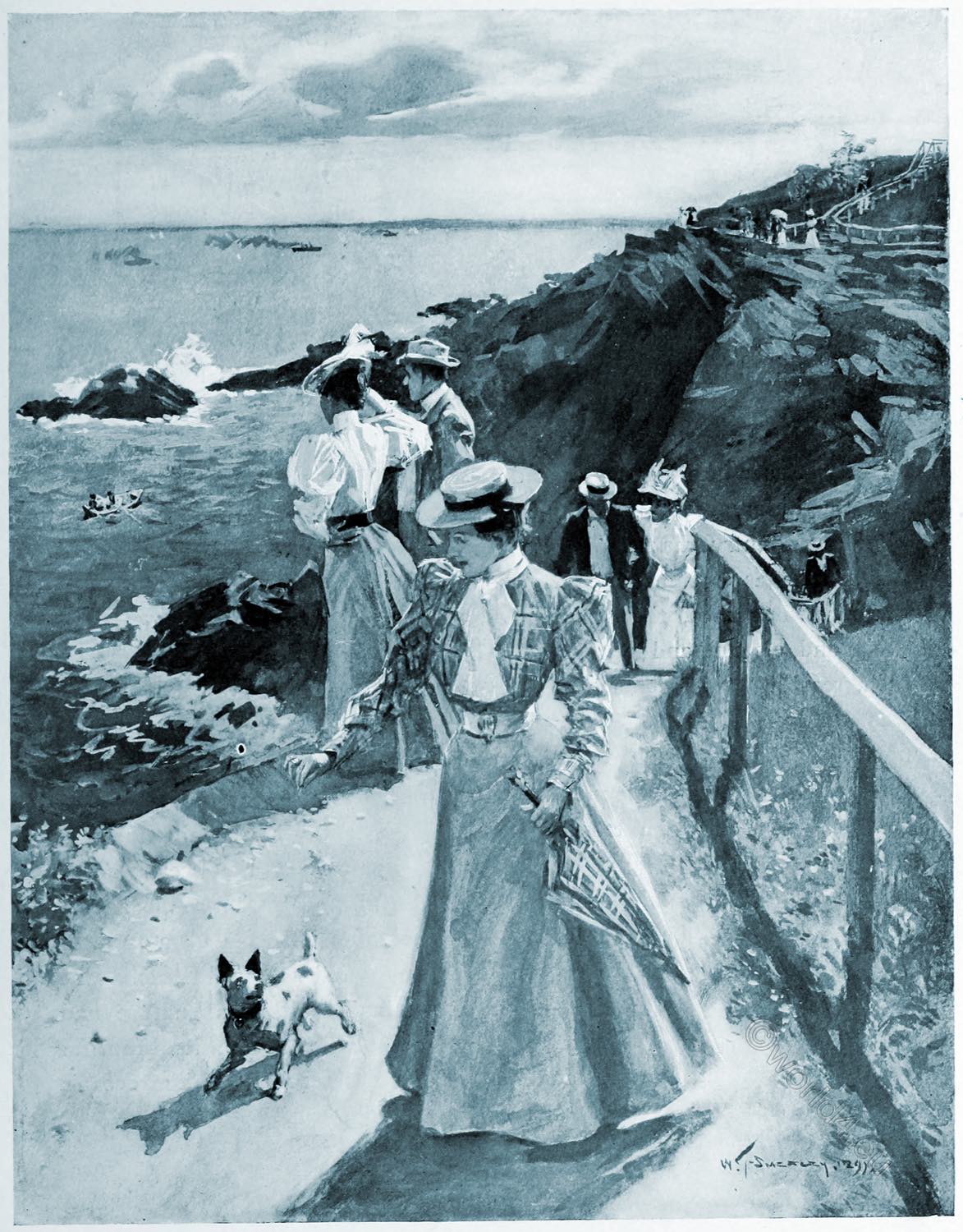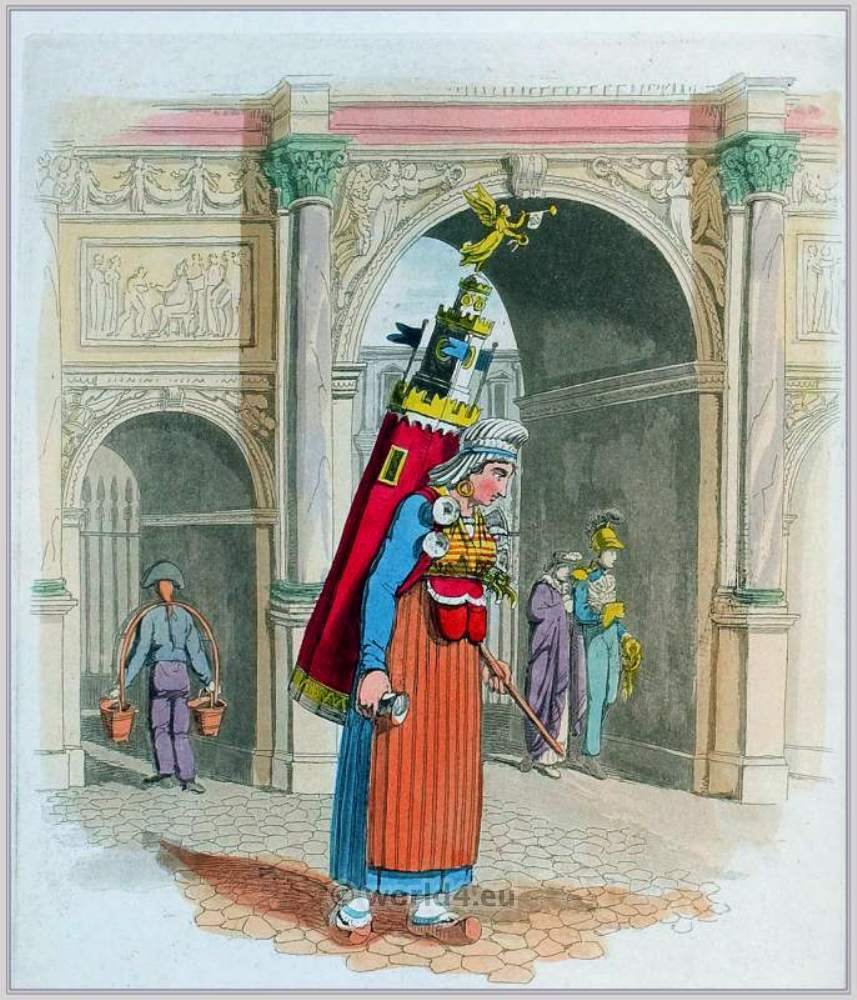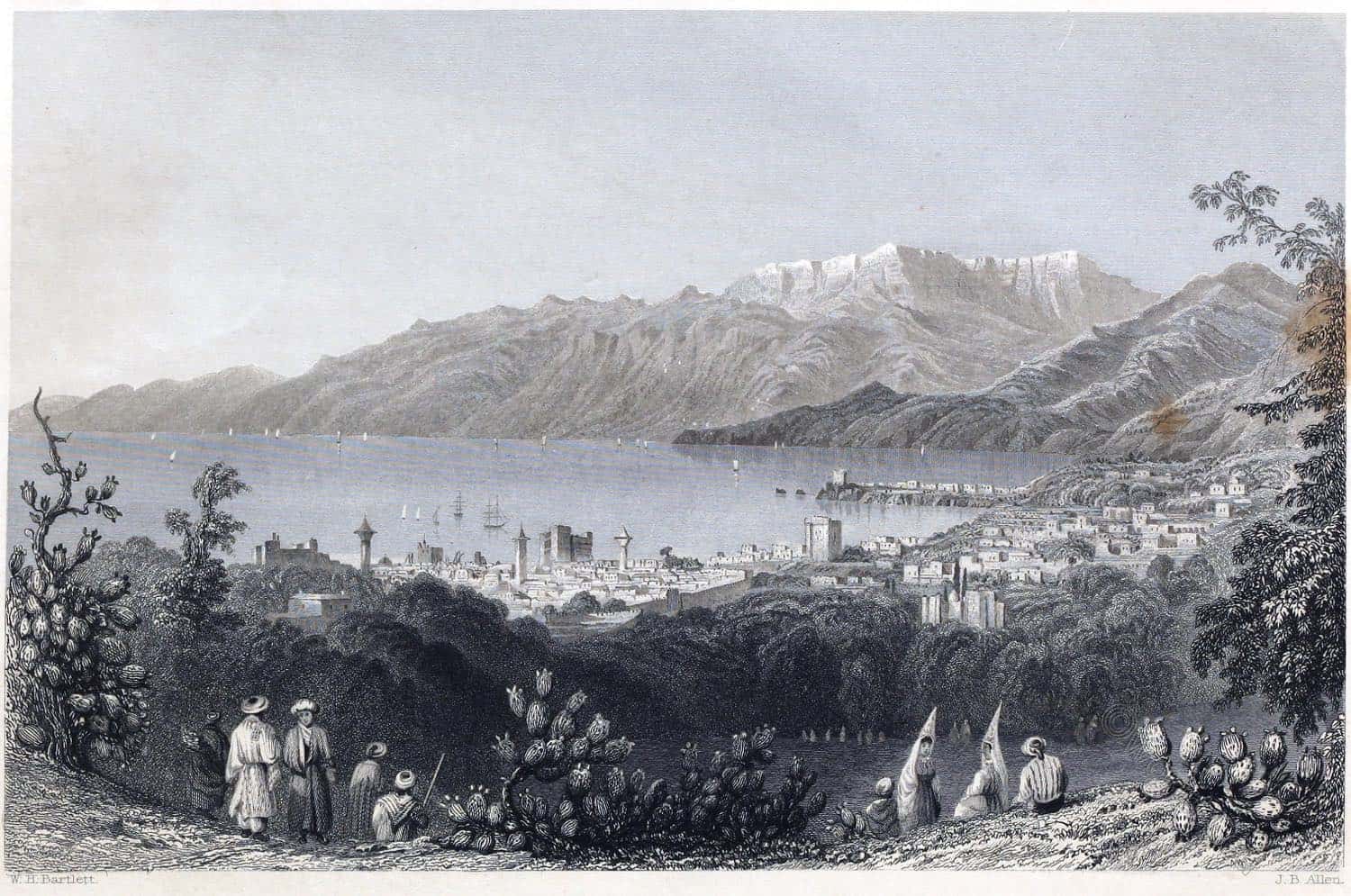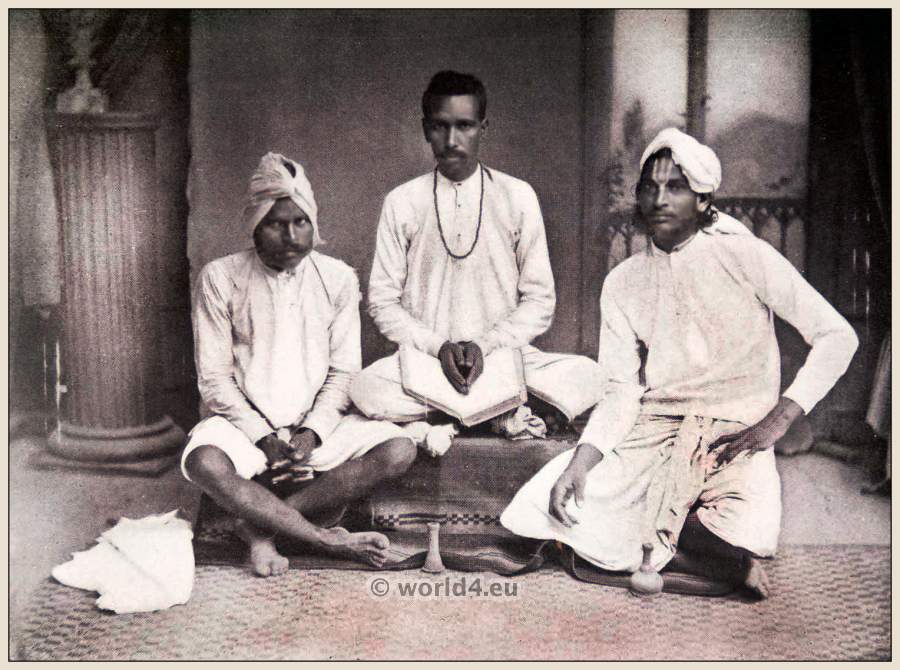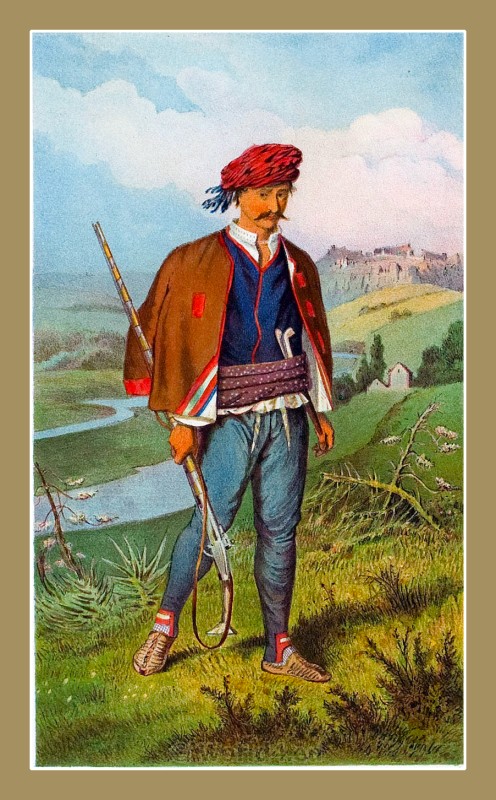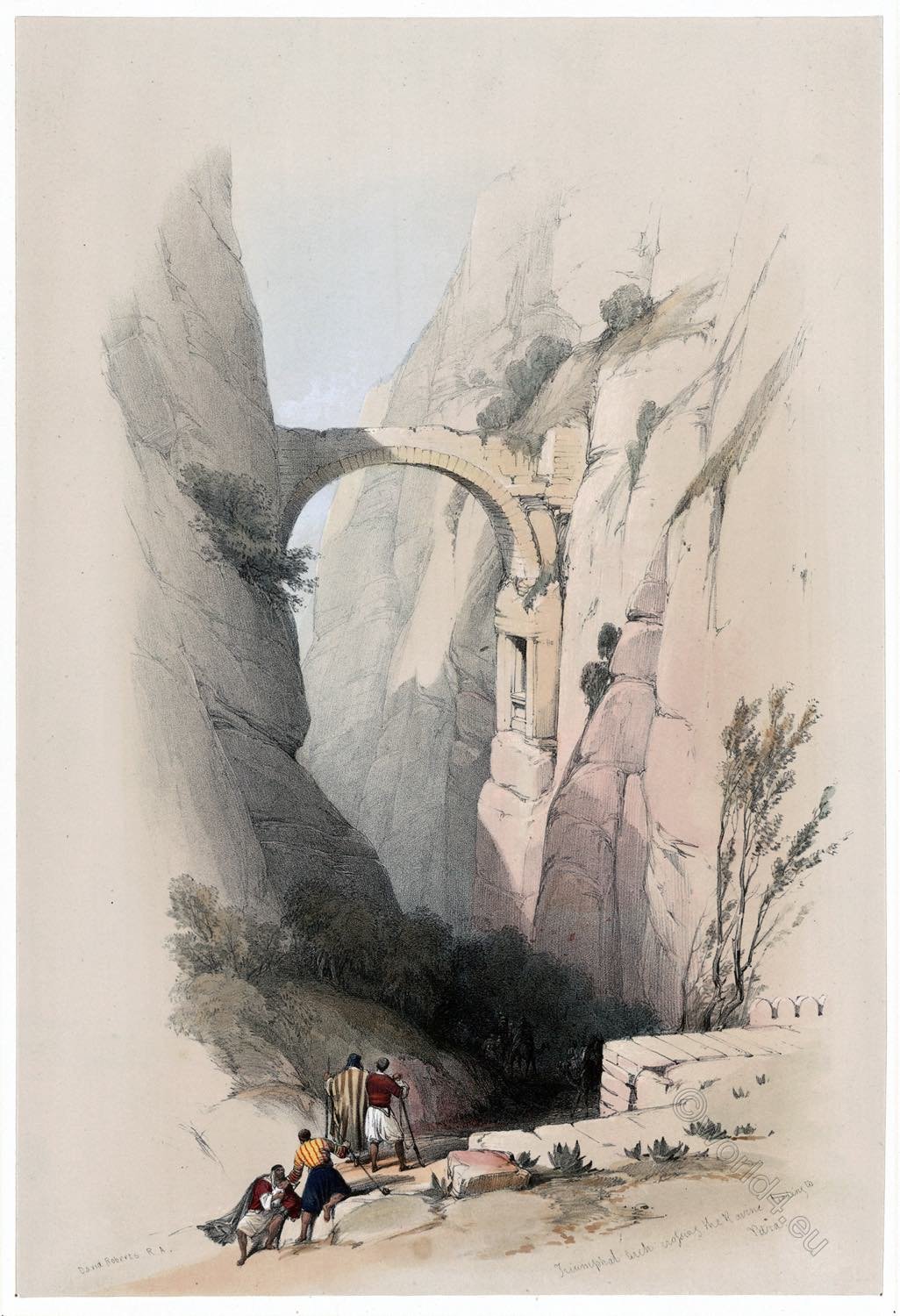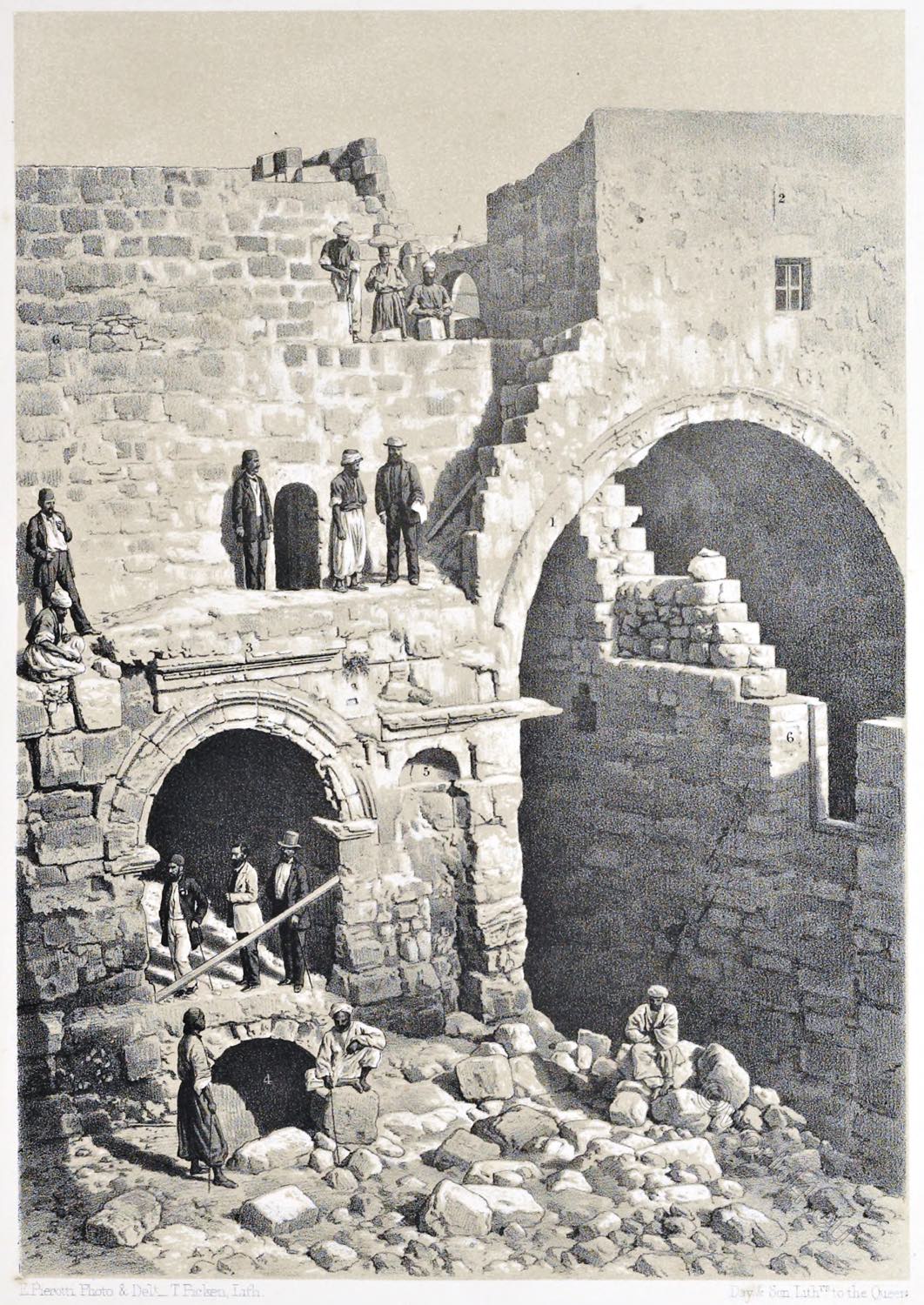
PLATE XIII.
VIEW OF THE ARCH OF THE ECCE-HOMO, WITH THE SMALLER ARCH TO THE NORTH, DISCOVERED BY PIEROTTI.
- Arch of Ecce-Homo (?) Roman arch posterior to the death of Christ.
- Mohammedan room, or place of prayers for the Mohammedans.
- Arch discovered by Pierotti.
- Cistern.
- Niche of the period of the Crusades.
- Convent of the Daughters of Sion.
Source: Jerusalem Explored. Being a description of the ancient and modern city, with numerous illustrations consisting of views, ground plans, and sections by Ermete Pierotti; translated by Thomas George Bonney (Fellow of St Johns College, Cambridge). London: Bell and Daldy; Cambridge: Deighton, Bell and Co. 1864.
[wpucv_list id=”136664″ title=”Classic list & Top featured post 1″]Continuing
Discover more from World4 Costume Culture History
Subscribe to get the latest posts sent to your email.

